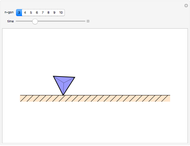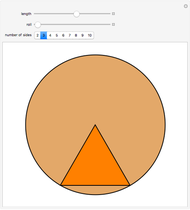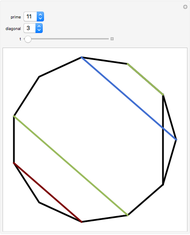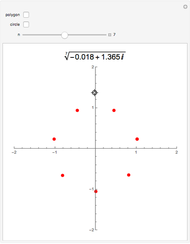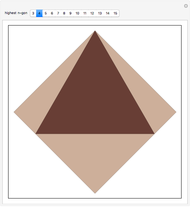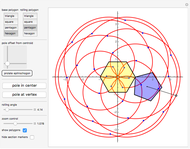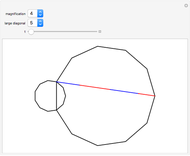Products of Diagonal Lengths in the Regular Polygon

Requires a Wolfram Notebook System
Interact on desktop, mobile and cloud with the free Wolfram Player or other Wolfram Language products.
A regular polygon is scaled up in size so that its side length equals the length of some diagonal from the smaller polygon (the magnification diagonal). The diagonal lengths in the large polygon are seen to be sums of those in the smaller. The illustration is for an 11-gon.
[more]
Contributed by: Susan Hurley (March 2011)
Open content licensed under CC BY-NC-SA
Snapshots
Details
If diagonal  is scaled up using
is scaled up using  , then
, then  . The proof of this formula depends upon the fact that if
. The proof of this formula depends upon the fact that if  , then the
, then the  diagonal in a polygon of unit radius has length
diagonal in a polygon of unit radius has length  .
.
Permanent Citation
"Products of Diagonal Lengths in the Regular Polygon"
http://demonstrations.wolfram.com/ProductsOfDiagonalLengthsInTheRegularPolygon/
Wolfram Demonstrations Project
Published: March 7 2011






